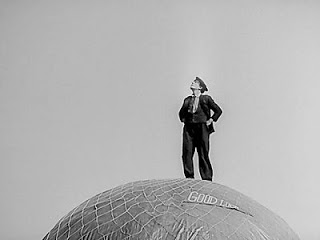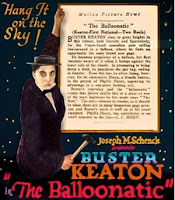Oddball Films Media
•
Apr 28, 2013
Image
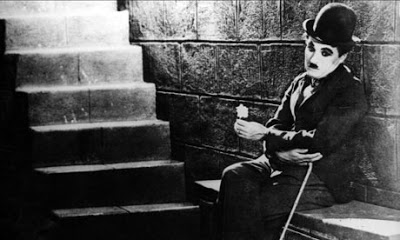
Date: Friday, May 3rd, 2013 at 8:00pm
Venue: Oddball Films, 275 Capp Street San Francisco
Admission: $10.00 Limited Seating RSVP to programming@oddballfilm.com or (415) 558-8117
Chaplin & Keaton
The films of Charles Chaplin and Buster Keaton are black and white, and yet are remarkable for their many figurative colors. The very phrase “black and white” (as in “the issue is not so black in white”) is a perfect emblem for the films of Chaplin and Keaton, as they are beguiling in their seeming simplicity. Scenes that foreground exaggerated physical comedy (i.e. “slapstick”) manage to resonate with thematic meaning (whether political, social, or philosophical). Pictures whose dominant tones are joyful and light are underscored with longing and melancholy, somehow all the more aching for their subtlety. Chaplin and Keaton are the cinema’s original on-screen loners—their films are both for and about the isolated and alienated.
Image
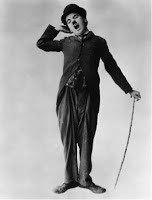
The most celebrated of the Essanay Comedies, The Tramp is regarded as the first classic Chaplin film. In his sixth film for Essanay in 1915, Charlie saves a farmer’s daughter (Edna Purviance) and falls in love with her, but upon the eventual appearance of her fiance, The Tramp takes off for the open road, leaving only a note behind. The film’s sad ending was new to comedy and incorporated Chaplin’s first use of the classic fade-out, in which the Tramp shuffles away alone into the distance, with his back to the camera.
Image
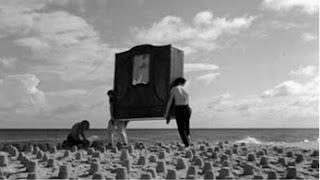
Roman Polanski’s darkly comic early film has many of the director’s thematic preoccupations already present: alienation, crisis of identity, and a bizarre view of humanity that sees us as some very strange animals. In this quasi-surrealistic jaunt, two otherwise normal looking men emerge from the sea carrying an enormous wardrobe, which they proceed to carry around a nearby town. Seeking the right place to settle and plant their furniture piece, all the two find is rejection at every turn. Though they are two, they comprise a sort of loner unit, shunned by everyone they encounter. Watch Polanski in a bit part he later reprises in Chinatown). Two Men and a Wardrobe initiated Polanski’s collaboration with Krzysztof Komeda (who would go on to score such Polanski films as Cul de Sac and Rosemary’s Baby), Poland’s great jazz composer.
The Balloonatic (B+W, 1923)
In The Balloonatic, Keaton tests out hot air balloons and wilderness survival. Keaton is accidentally whisked away on a hot air balloon and stranded in the untamed wild, rife with bears and white water rapids. Fortunately he encounters a woman (Phyllis Haver) who is more adept in the outdoors than he. The Balloonatic was one of the last short films Keaton made before moving on to features. Despite its happy ending, a low-level sadness pervades this comedy, likely due to Keaton’s eyes.
Image
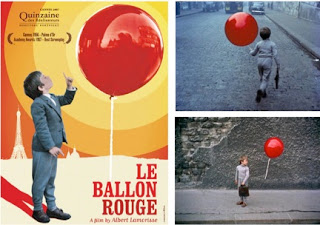
The fairytale-esque story of an imaginative Parisian boy who develops a magical friendship with a bright red balloon (the magical element is suggested by music reminiscent of the score of The Red Shoes; the color of the balloon likewise suggests this reference). He totes the balloon around the city, and when in restrictive places (like his Dickensian school) where balloons aren’t allowed, the balloon loyally follows the boy. As the protagonists in Two Men and a Wardrobe are met by ignorant onlookers with blind hostility, so too, the boy and his balloon are targeted by mean spirited peers. This film won the Golden Palm at Cannes in 1956, and features breathtaking photography of Paris.
For the Early Birds:
Image
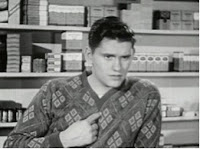
Poor Phil (Dick York of “Bewitched”) can’t seem to fit in at school. So he haunts his basement tinkering with electronics like some ancestor of Crispin Glover. His overdressed dad comes to his rescue and Dick learns a valuable lesson in social conformity.
Curator’s Biography:
Landon Bates is a UC Berkeley graduate of English literature and is the drummer for the two-piece band Disappearing People.



